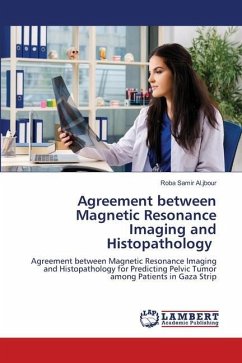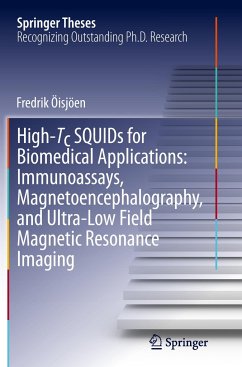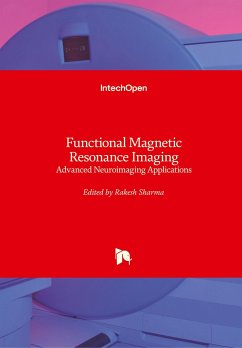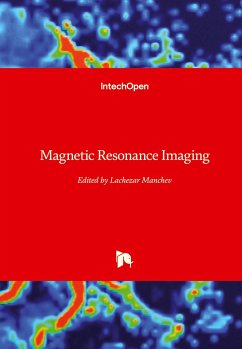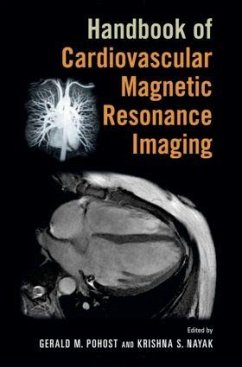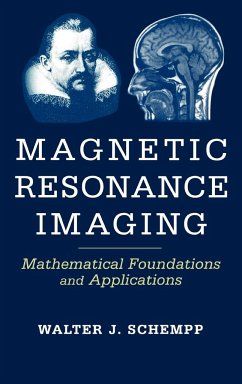
Magnetic resonance imaging of the cerebral blood volume
Characterization of experimental brain tumor neovascularization
Versandkostenfrei!
Versandfertig in 6-10 Tagen
52,99 €
inkl. MwSt.

PAYBACK Punkte
26 °P sammeln!
Cerebral blood volume fraction (CBVf) mapping by magnetic resonance imaging (MRI) can provide information about tumor angiogenesis. The Rapid Steady State T1 (RSST1) MRI method, based on a two-compartment model, intra- and extravascular, and on the longitudinal relaxivity of intravascular contrast agents (CAs), is developed and validated on healthy rats at 2.35 T (CBVf: 2 to 3%) using Gd-DOTA, approved for clinical use, and the experimental CA P760. Gd-ACX and SINEREM are evaluated for their blood pool properties in two rat glioma models C6 and RG2. The CBVf measures in tumor tissue are confir...
Cerebral blood volume fraction (CBVf) mapping by magnetic resonance imaging (MRI) can provide information about tumor angiogenesis. The Rapid Steady State T1 (RSST1) MRI method, based on a two-compartment model, intra- and extravascular, and on the longitudinal relaxivity of intravascular contrast agents (CAs), is developed and validated on healthy rats at 2.35 T (CBVf: 2 to 3%) using Gd-DOTA, approved for clinical use, and the experimental CA P760. Gd-ACX and SINEREM are evaluated for their blood pool properties in two rat glioma models C6 and RG2. The CBVf measures in tumor tissue are confirmed by histologic vascular morphometric analysis and were compared with those obtained by a DeltaR2 -based steady state method using the same SINEREM injection. In case of CA extravasation, such as occurs in tumor tissue with Gd-DOTA, the CBVf along with the transfer coefficient (related to the endothelial permeability) were obtained by pharmacokinetic two-compartment analysis of dynamic RSST1 acquisitions. In conclusion, the RSST1 method in conjunction with appropriate CAs can be used for longitudinal angiogenesis studies to quantify the CBVf and the vascular permeability.



